How do you win the hearts (and wallets) of Gen Z? In 2025, it remains one of fashion’s most pressing questions, pondered by boardrooms filled with Boomers, Gen Xers and Millennials, none of whom can quite crack the code. How, exactly, do you seduce a generation allergic to artifice, hell-bent on authenticity and armed with an encyclopaedic knowledge of price-per-wear calculus? The challenge feels Sisyphean. And yet, miraculously, one brand has achieved it.
Step forward Coach. The all-American stalwart, owned by the same company as Kate Spade, is something of a Gen Z whisperer. Under the deft eye of Stuart Vevers, the Brit expat who joined the brand in 2013, Coach has transformed itself into one of the most desirable brands on the planet. According to the fashion search engine Lyst, it’s elbowed its way into the top five hottest fashion houses globally, cosying up to the likes of Loewe and Miu Miu, no less.
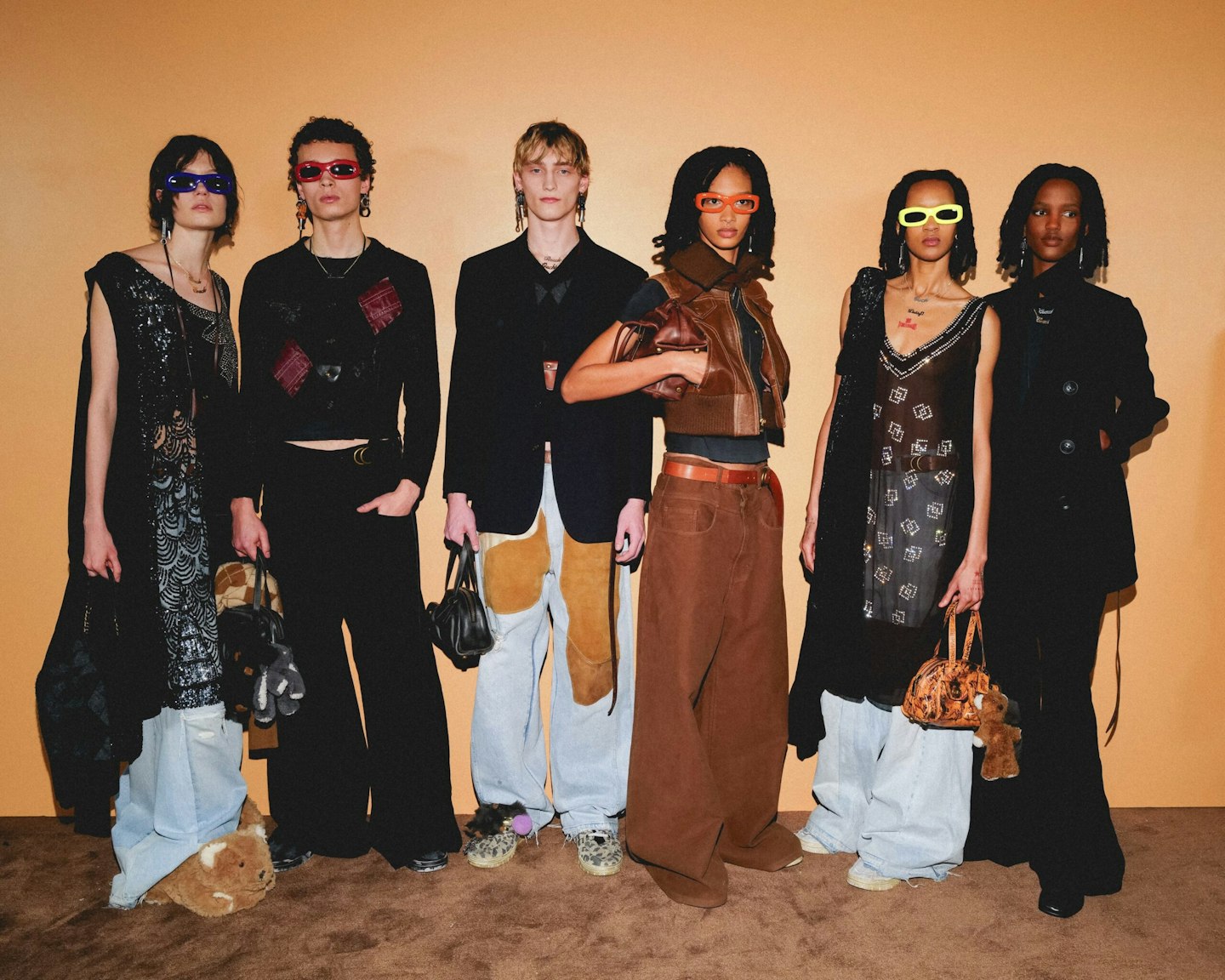
The bags? Flying off shelves. The fans? Feverish. Bella Hadid, Elle Fanning, Ice Spice and J-Lo all seem to be on Vevers’s speed dial. It’s a brand reboot done right – part nostalgia, part next-gen cool, all held together with the kind of charm that doesn’t try too hard (which, of course, is the trick). ‘I always think of youth culture – the upcoming generation – as the ones shifting trends, who, ultimately, become an influence for all other generations, as most people want to stay relevant and are invested in what’s coming,’ he tells Grazia. One of the keys to his success? ‘It’s important that we’re not just extracting from that generation, but that we create with Gen Z,’ he says. ‘What we do comes from an authentic place, it was a genuine interest of mine and not a business decision. It was what inspired me creatively,’ he continues.
The results speak volumes. Coachtopia – the brand’s sustainably-minded offshoot, launched in 2023 – became a Trojan horse for transformation. With a focus on circular design and a strict diet of recycled and renewable materials, it also offered something rarer in fashion: an open-door policy for the next generation of thinkers. ‘We put together a group of ambassadors, who we spoke to and who we made part of the creation process. That influenced the broader Coach as it connected with people and because we were in direct conversation with Gen Z at that moment.’
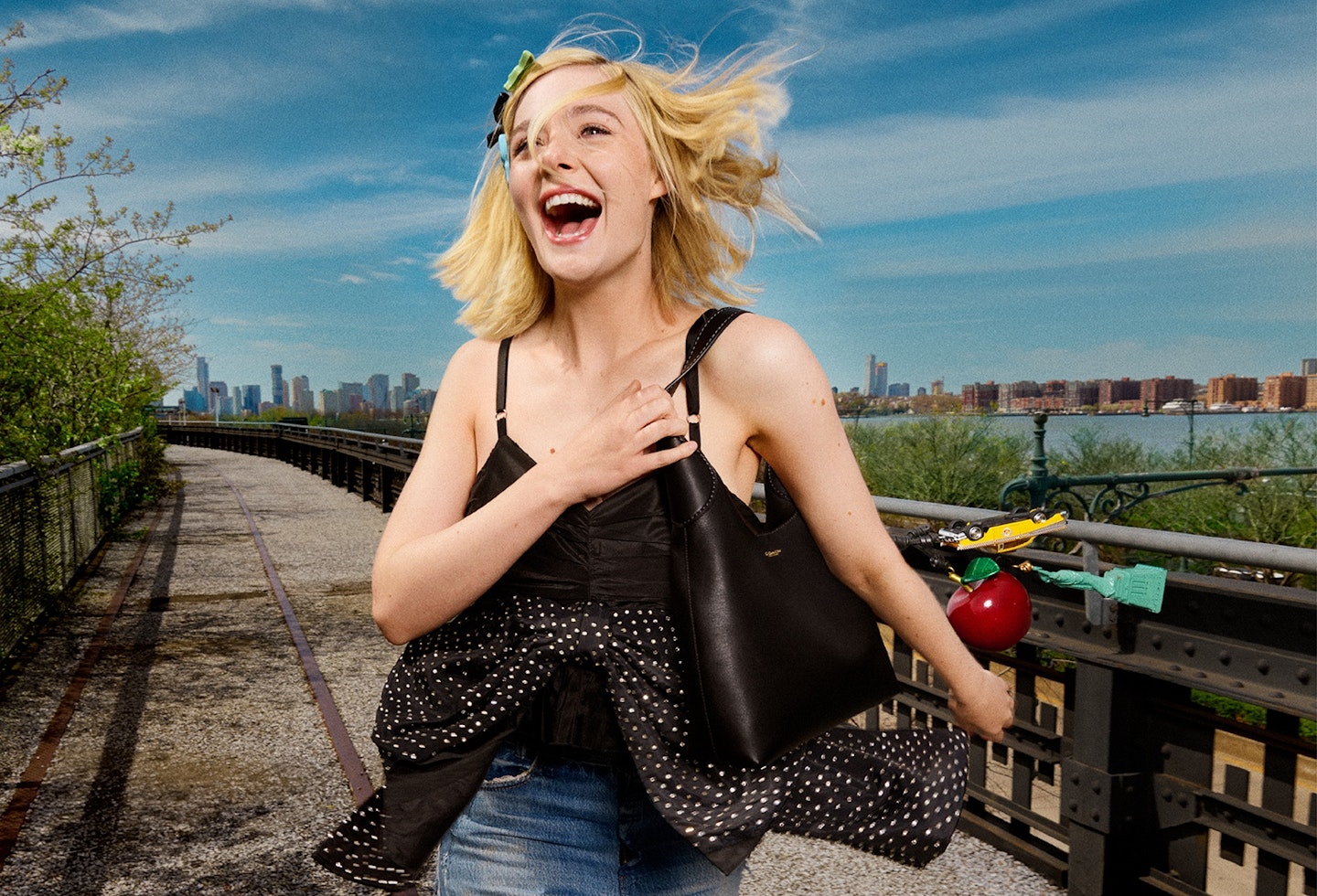
Vevers knows exactly what it means to rebel – not as a marketing strategy, but from muscle memory. Before Manhattan studios and A-list front rows, there was Carlisle and the pull of the Northern night-club scene. ‘I was a rebellious teenager and the process of dressing up, thinking of my outfits for Saturday nights out in Carlisle, Newcastle, Manchester or Leeds, is when I started learning about designers and understood more about fashion. I would even start making my own things,’ he says. His grandmother, a costume maker for the local am-dram, assisted early experiments: DIY PVC trousers at 16? No problem. ‘I remember bringing her a couple of meters of PVC fabrics to make some pants and she happily helped me make them – for a 16-year-old,’ he says, smiling. ‘It’s quite rare for a new generation to just run with the ideas of who came before them. That is what fascinates me. I like the uncomfortableness of that shift. At first you might struggle with it because it’s different, but it’s really inspiring.’ Those years of rebellion and home-sewn clubwear now lie behind the father to five-year-old twins, River and Vivienne, who he raises with his husband Benjamin Seidler in New York City. Vevers still feels most alive, it transpires, when he’s pushing into the unknown.
His CV is a greatest hits compilation of fashion’s most storied houses: creative director at Loewe, accessories wizard at Givenchy, Luella and Louis Vuitton, and design director at Mulberry. But it was the pandemic that pushed him to redraw the playbook at Coach. ‘In that moment it felt really important to look forward and I came to the idea of exploring the heritage of Coach through the lens of the new generation,’ he says. ‘And it wasn’t long after presenting our first collection in that way that I was having dinner with the CEO, telling him that this felt really important. It felt vital. And he said, ‘Well, what if we just make that our strategy? Why don’t we make that what we stand for in this moment?’ It was tapping into that creative instinct, and that creative instinct being supported by the business. That’s the key.’
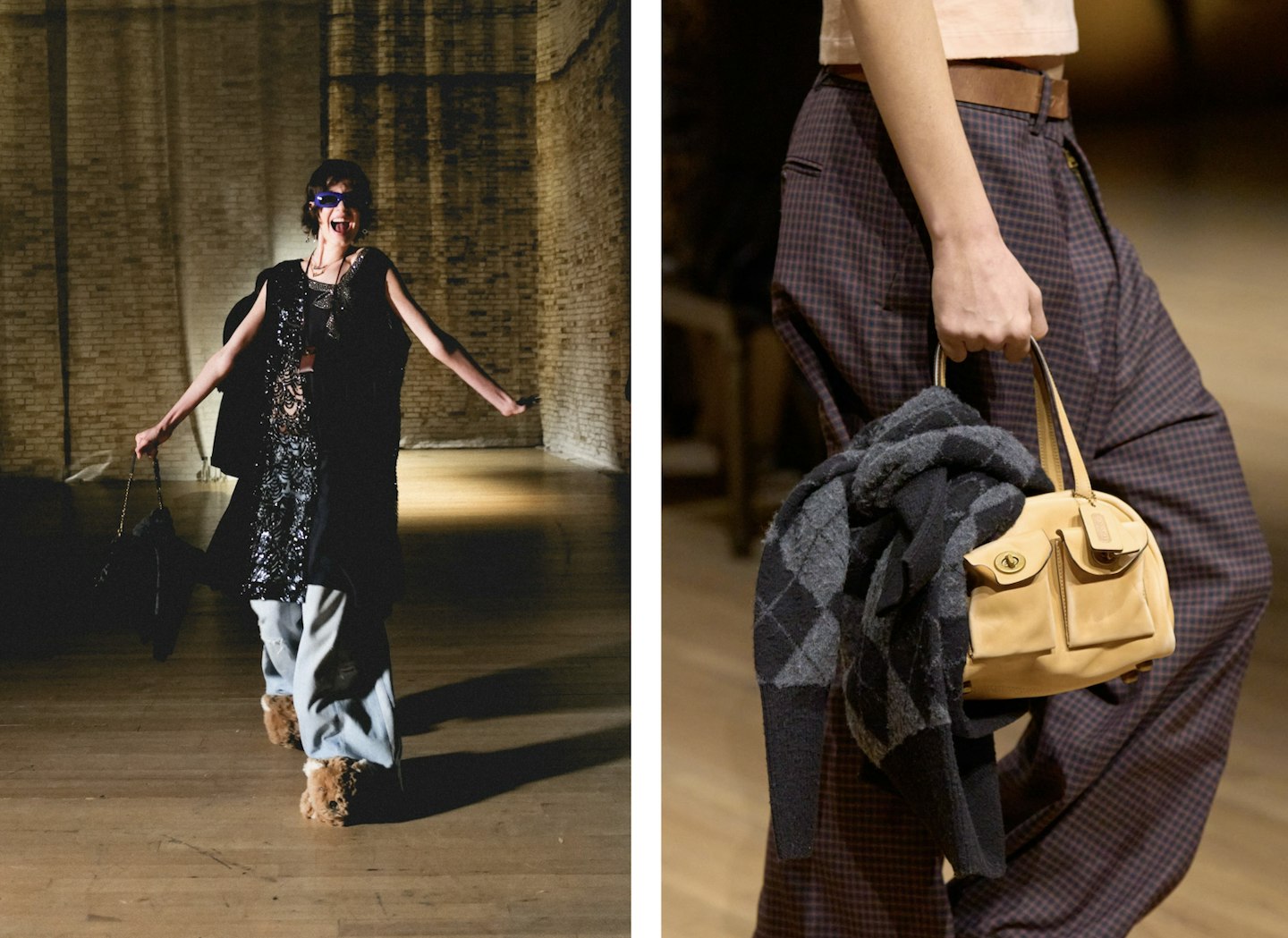
The collections since have doubled down on this energy. A/W ’25 took cues from Larry Clark’s Kids and the one before that saw models – including Kamala Harris’s stepdaughter, Ella Emhoff – strutting the New York Highline in I Heart NY tees and other souvenir-chic merch. ‘What I’ve learned in the last few years is that you shouldn’t have a formula. It’s not too much about data or numbers, it’s about following instinct. My job is to look for the next thing. It’s not to design another Brooklyn bag, it’s to design something exciting.’ That instinct, is it innate? ‘I think it’s something I’ve developed over the years,’ he says, slipping back into Cumbrian lilt. ‘But I don’t do this alone. It’s also about having that conversation with the team.’
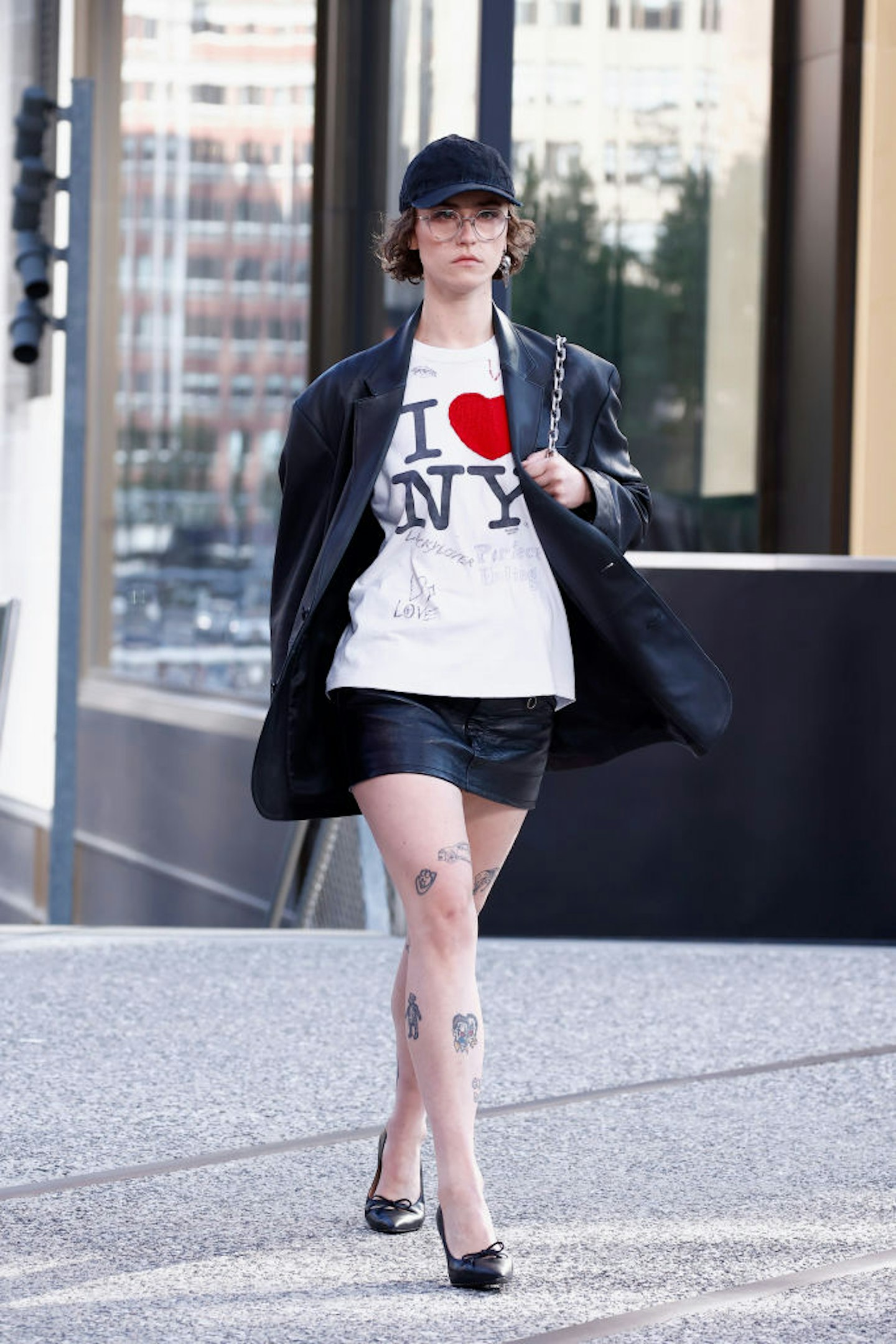
When we speak, he’s gearing up to return to the UK for the first time in over a year. And with good reason: nearly three decades after graduating from Westminster University, last month he was awarded an OBE for his services to fashion. Does he ever feel homesick? ‘Yes, absolutely. I miss home - it’s my friends and family but also food,’ he tells me. Anything in particular? ‘Branston Pickle, salad cream and English bacon!’
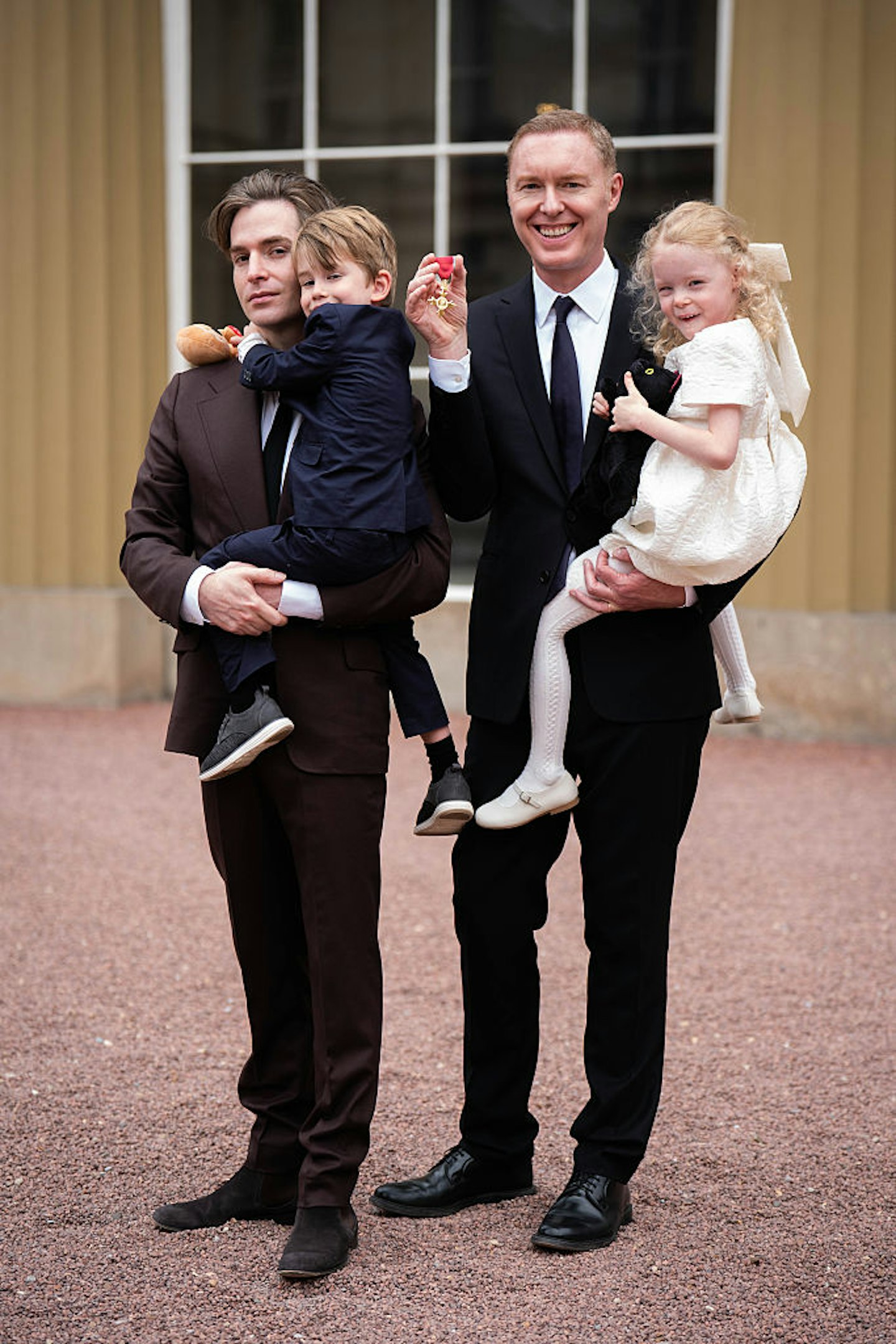
His children were by his side at the ceremony, his parents watched from afar, though no less proudly. ‘I was really proud of myself but I think it was my parents who I was most excited to share this with. A lot of things we do in our industry, they don’t necessarily understand. So this was something very tangible to them, something they really understood and could share with their friends,’ he says.
An OBE and a flurry of sell-out bags later now hanging in Gen Z closets worldwide, does he feel the pressure to keep things moving? ‘Yes, but some pressure is good. It gets me up in the morning. It makes me focus. It pushes me forward. Healthy pressure is not a bad thing.’ Judging by the look of things, it’s pressure he wears well.
Henrik Lischke is the senior fashion news and features editor at Grazia. Prior to that, he worked at British Vogue, and was junior fashion editor at The Sunday Times Style.
